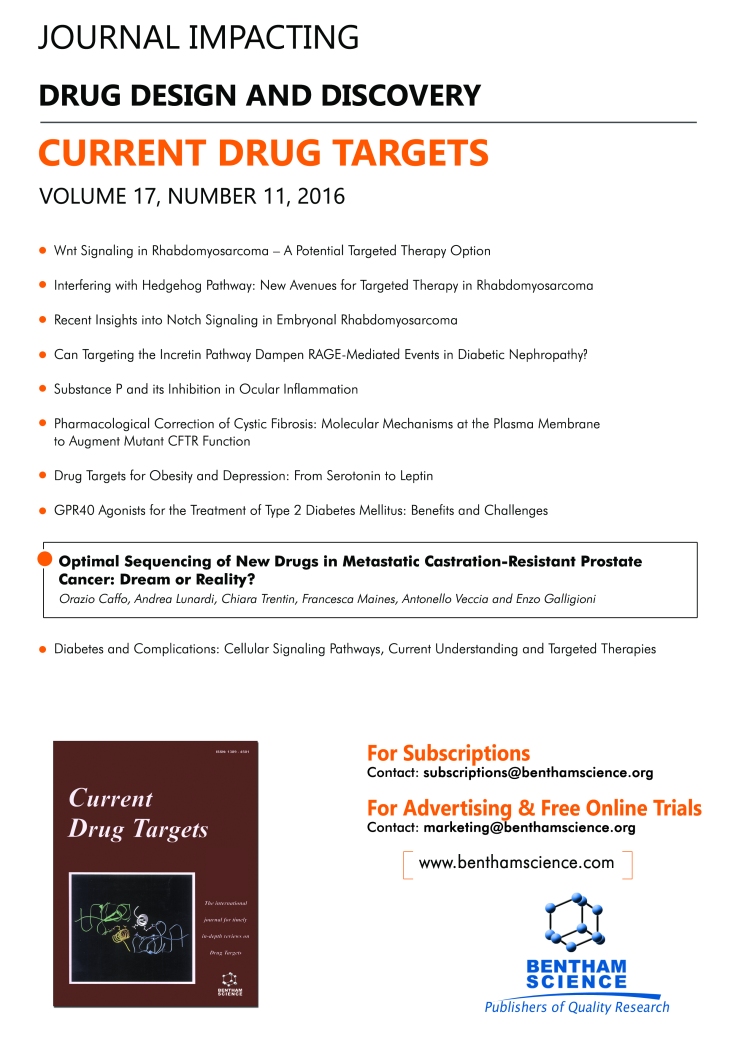Targeting the BRCA1/2
Tumor Suppressors
Author(s):
Eliot M. Rosen and Michael J. PishvaianPages
17-31 (15)
Abstract:
The breast cancer susceptibility genes BRCA1 and BRCA2 are classic tumor suppressor genes that exhibit an autosomal dominant pattern of inheritance with high penetrance. BRCA carriers inherit one mutant BRCA allele and one wild-type allele; and the wild-type allele is invariably deleted or mutated within the tumor. These genes function as caretakers in the maintenance of genomic stability, in part, by participating in homology-directed DNA repair (HDR), an error- free mechanism for the repair of double-strand breaks (DSBs). PARP1 (poly (ADP-ribose) polymerase 1) is an enzyme that functions in the base excision repair (BER) pathway, where its ability to post-translationally modify histones and DNA damage response proteins is required for repair of single-strand breaks (SSBs). In 2005, it was observed that knockdown of PARP1 or treatment with a small molecule PARP inhibitor was far more toxic to cells with BRCA1 or BRCA2 mutations than BRCA1/2-competent cells. This observation is an example of “synthetic lethality”, a concept whereby two gene mutations combine to cause cell death, when neither mutation alone is lethal. These results spawned the idea to use PARP inhibitors to treat BRCA1/2 mutant cancers. Here, we will review the basic science underlying the discoveries described above, the preclinical research, and the clinical trials designed to exploit the sensitivity of BRCA1/2 mutant tumor cells to PARP inhibitors. We will also describe problems associated with the use of these agents, including development and mechanisms of drug resistance; and we will provide a forward look at new agents and strategies currently under development.
Keywords:
BRCA1, BRCA2, DNA repair, homology-directed
repair (HDR), mutation, olaparib, PARP1, synthetic lethality.
Affiliation:
Department of Oncology, Lombardi Comprehensive
Cancer Center/Georgetown University School of Medicine, Preclinical Sciences
Building, Room GM12B, 3970 Reservoir Road, NW, Washington, DC 20057, USA.
For More Information Please Visit Our Website Current Drug Targets



















